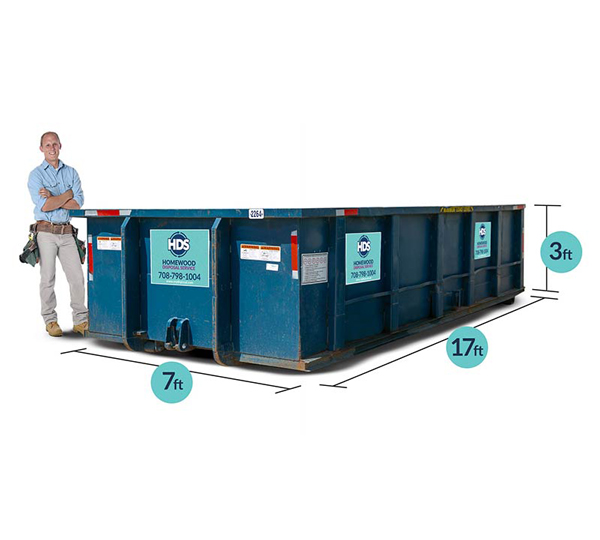Renting a dumpster can be a simple process when you follow the appropriate steps. Determine your task's specific needs, thinking about variables like range, waste type, and logistics. Then, pick the ideal dumpster size, correlating with your task's scale, and choose a rental duration that fits your timeline. It's likewise essential to comprehend local regulations and particles disposal guidelines to prevent penalties and warranty community security. Finally, review and finalize the rental agreement, confirming information on duration, size, prices, and services. By complying with these 5 important steps, you'll be well on your means to effective and successful waste administration-- and there's even more to discover on the planet of dumpster rentals.
Determine Your Dumpster Needs
Project extent is an important consider determining your dumpster needs Whether you're embarking on a home renovation, clearing out a messy garage, or managing a building website, comprehending the extent of your task will certainly aid you determine the best dumpster rental solution
Consider the type and quantity of waste you'll generate, as well as any specific laws or limitations in your location. This information will permit you to identify the frequency of Piedmont Triad Dumpsters dumpster distributions, the essential dumpster size, and the called for service period.
Additionally, think about the logistics of your project, consisting of the available area for dumpster placement, accessibility to the site, and the variety of employees or individuals involved.
Choose the Right Dumpster Size
With a clear understanding of your job range, you can currently focus on picking the ideal dumpster size to suit your waste monitoring needs This crucial step warranties you have enough space to take care of waste effectively without overpaying for excess capacity.
To identify the optimal dumpster size, think about the type and amount of waste you'll be generating. For small-scale projects like washroom remodels or minor landscaping, a 10-15 lawn dumpster need to suffice.
Medium-sized projects, such as kitchen renovations or multi-room cleanouts, commonly require 20-30 yard dumpsters. Larger projects, like building or demolition, commonly demand 30-40 backyard dumpsters.
Remember to also consider the weight and density of the waste, as larger products like concrete or asphalt may call for larger dumpsters.
Be certain to speak with your dumpster rental carrier if you're unsure concerning the proper size for your project. By picking the best dumpster dimension, you'll streamline your waste management procedure, reduce costs, and lessen environmental impact.
Select the Ideal Rental Period
Your dumpster's rental period is a vital aspect of the waste monitoring process, as it directly influences the overall cost and performance of your project. A tactical rental period assurances you have adequate time to finish your project without sustaining additional charges. On the other hand, an inadequate rental period can bring about costly extensions or even premature dumpster pickup.
To choose the perfect rental duration, take into consideration the extent and intricacy of your task. For instance, a small cleanup may require a temporary service, while a massive building job may necessitate a much longer rental duration. Be practical concerning the time needed to complete your project, considering aspects such as weather conditions, labor accessibility, and product delivery schedules.
Typically, dumpster leasing periods range from a few days to numerous weeks and even months. See to it you interact your project timeline and needs to your dumpster rental provider to figure out one of the most appropriate rental duration for your needs.
Understand Particles Disposal Rules
Debris disposal rules, governed by local regulations and dumpster rental arrangements, play an important duty in ensuring a smooth and compliant waste monitoring procedure. Recognizing these policies assists protect against complication, penalties, and ecological hazards.
Familiarize yourself with what can and can not be placed in the dumpster, consisting of hazardous materials, electronics, and recyclables. In addition, recognize weight and dimension restrictions to stay clear of straining the dumpster.

Some items, such as batteries, tires, and building materials, might call for special handling or separate disposal. Your dumpster rental company can give advice on details regulations in your area.
It's important to adhere to these standards to keep a clean and secure atmosphere for your area. By doing so, you'll prevent possible liabilities and ensure a successful waste monitoring project
Review and Complete the Rental
Having validated compliance with neighborhood regulations and comprehended what can and can not be disposed of in the dumpster, the following action is to examine and finalize the rental agreement
This essential step ensures a smooth rental experience and stays clear of prospective issues throughout the dumpster rental period.
Carefully evaluate the contract to verify the rental duration, dumpster size, and pricing.
Verify that the contract includes any additional services, such as delivery, pickup, and disposal fees.
Also, check if there are any weight or product limitations that may sustain added charges.
Make particular to recognize the payment terms, including the method of repayment and any prospective late fees.
Once satisfied with the agreement, indicator and return a copy to the dumpster rental firm to complete the rental.